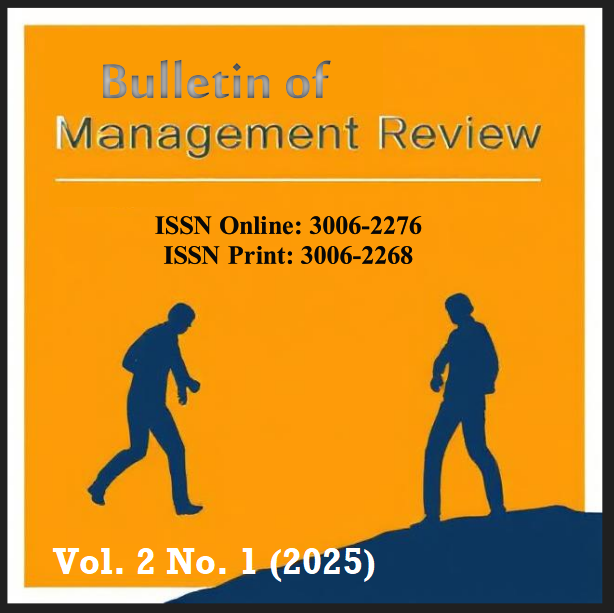Understanding Occupational Health and Safety Compliances in Pakistan’s Textile Industry: Insights from Thematic Analysis
Keywords:
Occupational health and safety, textile industry, injury prevention, labor card system, safety training, worker protection, qualitative studyAbstract
The purpose of this study is to unveil and understand OHS problems common to textile factories with regard to risks, reporting, and safeguarding of workers. Hence, a qualitative method was used to interview textile factory workers, managerial employees, particularly human resource managers, and trade union officials to obtain information about the safety challenges in the industry. Subthemes identified were underestimation of injuries, accessibility to health care, and insufficient safety education and support. Consequently, research evidence shows that most incidents are not reported due to disciplinary action and administrative factors and that limited healthcare access means that workers’ injuries are not treated on time. Also, safety training is lacking, and the lack of exposure and regular wear and tear of the machinery adds to the risk to the employees. Instead, the identified problems require the introduction of the labor card system for recording hours of employment, monitoring incidents in real-time, and facilitating health care access. This system could increase transparency, allow government control, and improve the treatment of injuries. Others in the safety management area include the formation of security committees alongside upgrading training procedures to encourage safety culture. The study, emphasizes the importance of policy direction to ensure that worker welfare, especially in hazardous sectors such as the textile industry, is enhanced; this goes a long way in ensuring that the textile employee may enjoy improved health and safety at the workplace.



